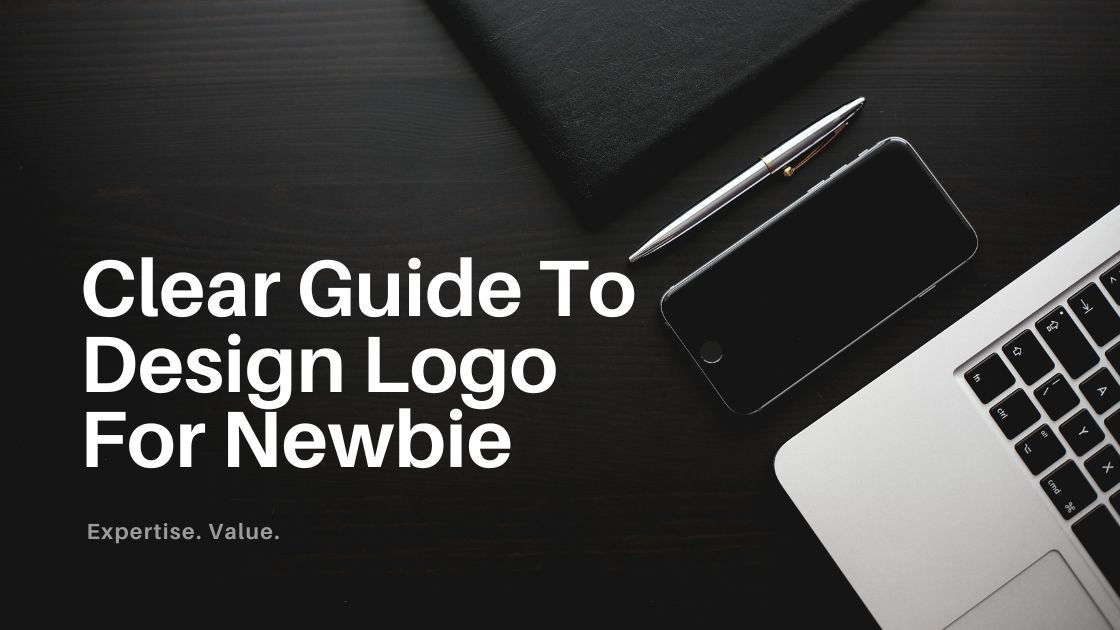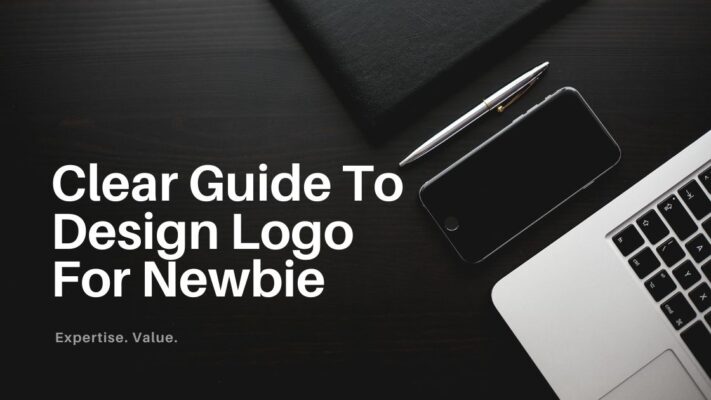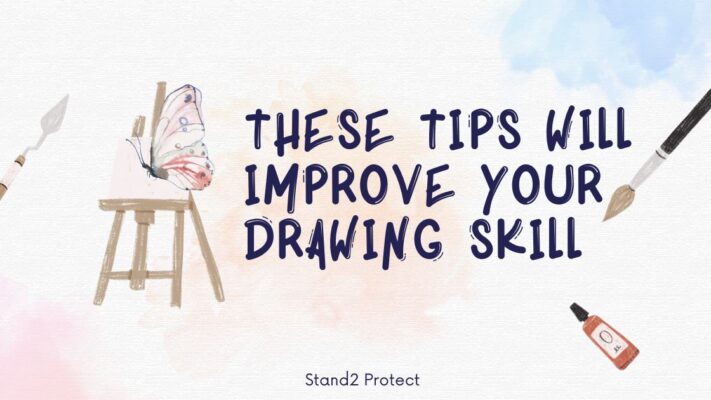In the vast world of branding, a logo serves as the visual cornerstone, representing the essence and identity of a company or product. Creating a logo that is not only visually appealing but also memorable and reflective of the brand requires a thoughtful and strategic approach. Here’s a comprehensive guide to help you navigate the process of designing a logo:
Contents
- 0.1 Step 1: Understand The Brand and its Audience
- 0.2 Step 2: Conduct Thorough Research
- 0.3 Step 3: Define The Logo’s Purpose and Message
- 0.4 Step 4: Sketching and Conceptualization
- 0.5 Step 5: Choose the Right Typeface and Visual Elements
- 0.6 Step 6: Digitalization and Refinement
- 0.7 Step 7: Seek Feedback and Iteration
- 0.8 Step 8: Presentation and Finalization
- 0.9 Step 9: Delivery and Documentation
- 1 Step 10: Evaluate and Adapt
- 1.0.0.0.1 A Guide to Designing Your Own T-Shirts
- 1.0.0.0.2 Clear Guide To Design Logo For Newbie
- 1.0.0.0.3 Elevate Your Wedding Invitations With 5 Special Fonts
- 1.0.0.0.4 Enhance Your Design Aesthetic: 6 Must-Try Handwriting Fonts
- 1.0.0.0.5 These Tips Will Improve Your Drawing Skill
- 1.0.0.0.6 Step-by-Step Guide To Designing Your Own Embroidered Necklace
Step 1: Understand The Brand and its Audience
Gain a deep understanding of the brand’s mission, values, and personality.
Identify the target audience and their preferences, demographics, and expectations.

Step 2: Conduct Thorough Research
Explore the industry landscape, including competitors’ logos and visual identities.
Seek inspiration from a variety of sources, such as nature, art, architecture, and typography.
Step 3: Define The Logo’s Purpose and Message
Determine the key message the logo should convey and the emotions it should evoke.
Clarify the intended use of the logo and where it will be displayed (e.g., digital platforms, print materials, signage).

Step 4: Sketching and Conceptualization
Begin by sketching out rough ideas and concepts based on your research and understanding of the brand.
Experiment with different shapes, symbols, and typography to explore various design directions.
Step 5: Choose the Right Typeface and Visual Elements
Select a typeface that aligns with the brand’s personality and communicates the intended message.
Incorporate visual elements such as symbols, icons, or illustrations that reinforce the brand’s identity and values.

Step 6: Digitalization and Refinement
Transfer your sketches into digital format using design software like Adobe Illustrator or Sketch.
Refine your designs by adjusting proportions, fine-tuning details, and experimenting with color schemes.
Step 7: Seek Feedback and Iteration
Share your designs with peers, colleagues, or clients to gather feedback and insights.
Iterate on your designs based on feedback, making necessary adjustments to improve clarity and effectiveness.

Step 8: Presentation and Finalization
Present your finalized logo designs along with rationale and explanations behind your design choices.
Provide mockups showing how the logo would appear in various applications and contexts.
Step 9: Delivery and Documentation
Prepare the final logo files in various formats (e.g., .ai, .eps, .png) suitable for different use cases.
Create a style guide or brand guidelines document outlining logo usage, color palettes, typography, and other brand assets.
Step 10: Evaluate and Adapt
Monitor the performance and reception of the logo over time, gathering feedback from stakeholders and audiences.
Be open to making adjustments or adaptations to the logo as needed to keep it relevant and aligned with the brand’s evolving identity.

In conclusion, designing a logo is a multifaceted process that requires creativity, strategic thinking, and attention to detail. By following these steps and staying true to the brand’s identity and objectives, you can create a logo that leaves a lasting impression and serves as a powerful symbol of the brand’s essence.
Related Posts
- Elevate Your Wedding Invitations With 5 Special Fonts
- Things You Can Do On Read Across America!
- The Most Anticipated Movies Of 2024







